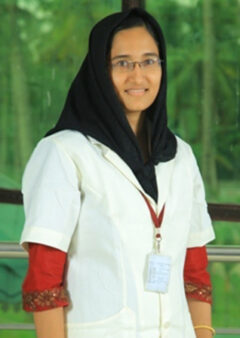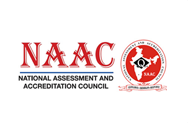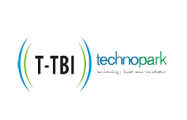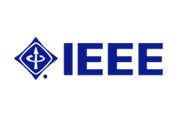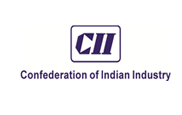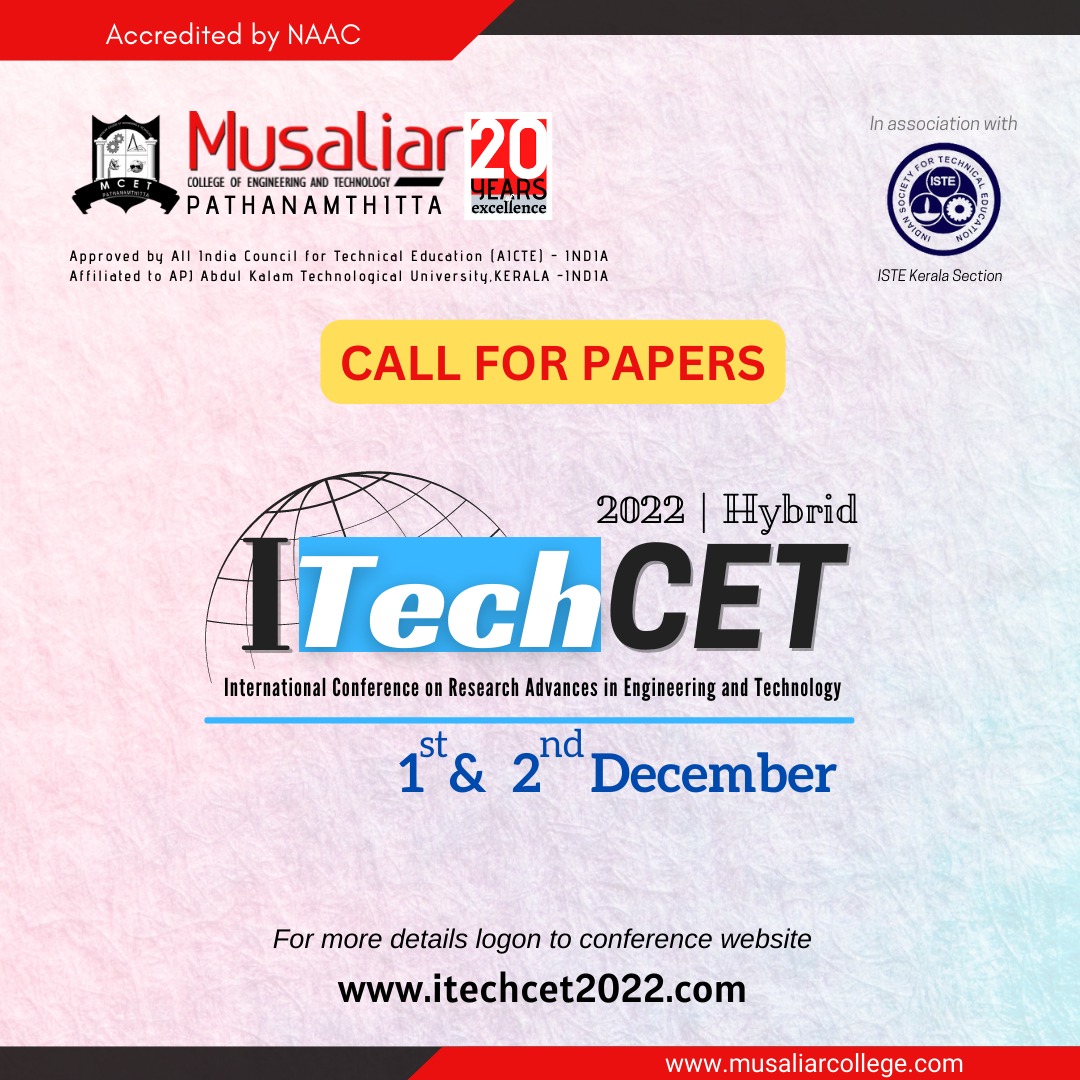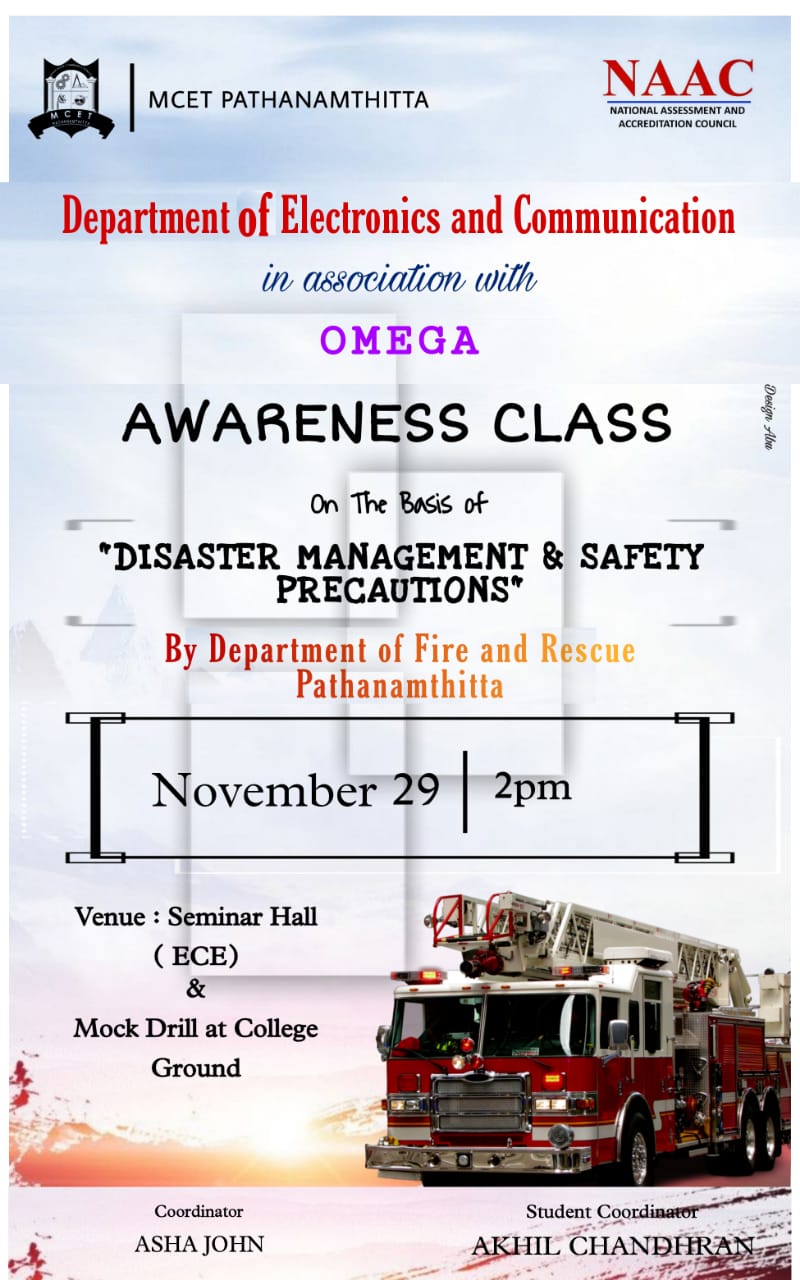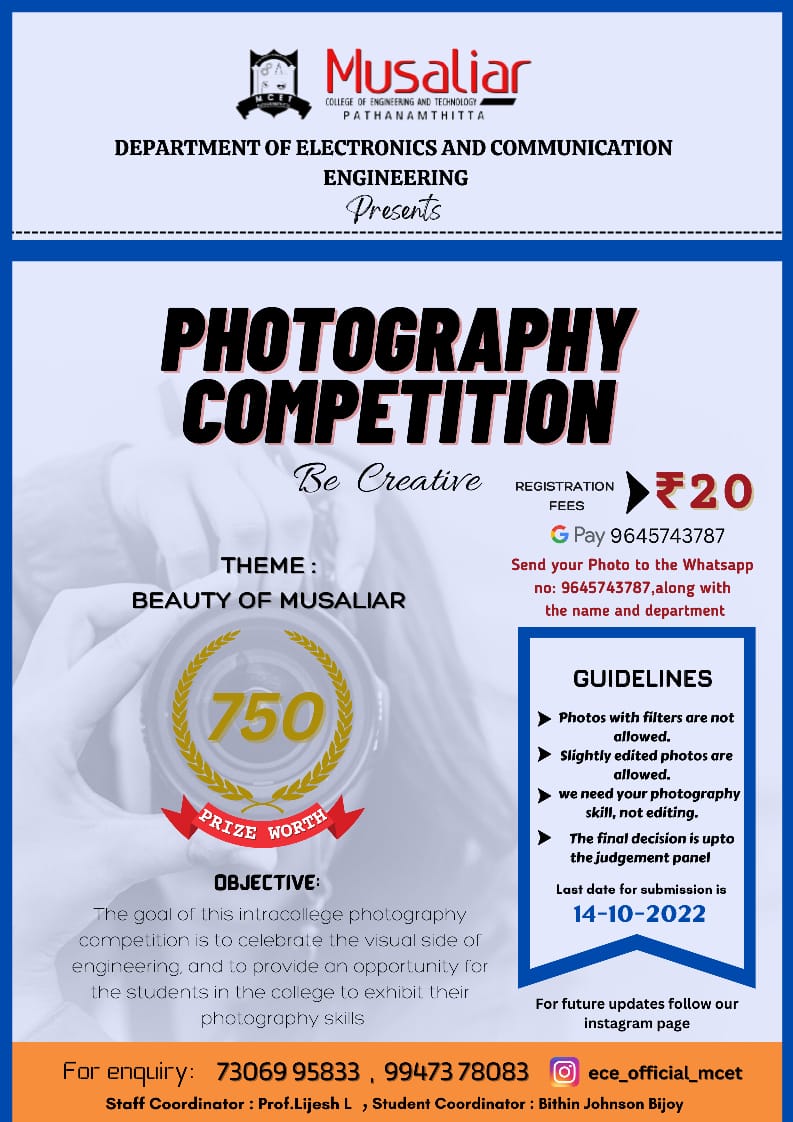VisionTo develop globally competent professionals in the field of Electronics and Communication Engineering interlaced with innovative research, human values and ethics to adopt industry and societal needs.
Mission
- To provide state of the art resources that contributes to achieve excellence in the field of Electronics and Communication Engineering.
- To create a spirit of innovation in teaching and learning process by modern ICT tools to meet global standards.
- To inculcate core values and ethics.
- To partner with academic, industrial and government entities to attain collaborative research.
PEO 1: Graduates acquire technical and managerial competence in analysis, research and innovation towards pursuing careers as successful engineers and entrepreneurs.
PEO 2: Graduates develop professional and social ethics, team spirit, communication skills, and awareness of social responsibilities and adapt to current trends through lifelong learning.
PEO 3: Graduates attain expertise in integrating analytical, problem solving abilities to develop technically and economically feasible systems in electronics and communication field.
PSO 1: Knowledge and hands on competence in the application of analog and digital electronic circuits, signal processing and communication engineering.
PSO 2: Demonstrate the skills to design applications related to VLSI and Embedded Systems.
PROGRAM OUTCOMES (PO)
Engineering Graduates will be able to:
PO1-Engineering knowledge: Apply the knowledge of mathematics, science, engineering Fundamentals and an engineering specialization to the solution of complex engineering Problems.
PO2-Problem analysis: : Identify, formulate, review research literature, and analyze complex Engineering problems reaching substantiated conclusions using first principles of mathematics, Natural sciences and engineering sciences.
PO3–Design/development of solutions: Design solutions for complex engineering problems and design system components or processes that meet the specified needs with appropriate consideration for the public health and safety, and the cultural, societal, and environmental considerations.
PO4–Conduct investigations of complex problems: Use research-based knowledge and research methods including design of experiments, analysis and interpretation of data, and synthesis of the information to provide valid conclusions
PO5–Modern tool usage: Create, select, and apply appropriate techniques, resources, and modern engineering and IT tools including prediction and modeling to complex engineering activities with an understanding of the limitations.
PO6–The Engineer and society: Apply reasoning informed by the contextual knowledge to assess societal, health, safety, legal and cultural issues and the consequent responsibilities relevant to the professional engineering practice.
PO7–Environment and sustainability: Understand the impact of the professional engineering solutions in societal and environmental contexts, and demonstrate the knowledge of, and need for sustainable development.
PO8–Ethics: Apply ethical principles and commit to professional ethics and responsibilities and norms of the engineering practice.
PO9–Individual and team work:. Function effectively as an individual, and as a member or leader in diverse teams, and in multidisciplinary settings.
PO10– Communication: Communicate effectively on complex engineering activities with the engineering community and with society at large, such as, being able to comprehend and write effective reports and design documentation, make effective presentations, and give and receive clear instructions.
PO11- Project management and finance: Demonstrate knowledge and understanding of the engineering and management principles and apply these to one’s own work, as a member and leader in a team, to manage projects and in multidisciplinary environments.
PO12- Life -long learning: Recognize the need for, and have the preparation and ability to engage in independent and life-long learning in the broadest context of technological change.
Department of Electronics and Communication Engineering of Musaliar College of Engineering and Technology promotes research in the frontier areas of science and technology. The department encourages its faculty members and students to bring out creative ideas and to implement it as mini projects, course projects and main projects. The faculty members in the department are actively involved in research activities and can therefore guide the students toward research activities with confidence. The department promotes the publication of student projects and faculties research in Scopus indexed conferences and journals.
Publication Details
- 2021 – 22
- 2020-21
- 2019-20
- 2018-19
The best project is selected for each batch of student and the students are appreciated. This is carried out under the department association Omega.
Best Main Project
Patents
Research Faculties
| Sl. No. |
Faculty Name |
Research Topic |
University |
| 1 |
Vinod C |
Biomedical signal Processing using Machine Learning |
Kerala Techological University, Kerala |
|
| 2 |
Juby Raju |
Long term survival of liver transplantation |
HITS Chennai |
|
| 3 |
Saju A |
Object Detection in Real Time Images using Saliency Mapping |
Visvesvaraya Technological University, Bangaloore |
|
| 4 |
Lijesh l |
Water Cycle Particle Swarm Optimization- based Deep Generative Adversarial Network for Landslide Identification |
Noorul Islam Centre for Higher Education |
|
| 5 |
Aneesh S P |
Brain Tumor Detection using Image Processing |
Karunya Institute of Technology and Sciences, Coimbatore |
|
| 6 |
Arun R |
Design and Development of focal plane arrays for MMW detection |
Ariel University Israel |
| 7 |
Asha S John |
RF Communication |
Kalasalingam Academy of Research and Education |
|
| 8 |
Nidiya Habeeb |
Digital Image Processing using ML |
Kerala Techological University, Kerala |
| 9 |
Raji Elsa Varghese |
Image Processing |
Karunya Institute of Technology and Sciences,
Coimbatore |
|
PhD Guide Ship
|
S.No
|
Faculty name |
Number of positions |
Number of Scholars |
Vacancy |
Area of Research |
| 1. |
Dr Renjith Thomas |
6 |
1 |
5 |
Image Processing
|



